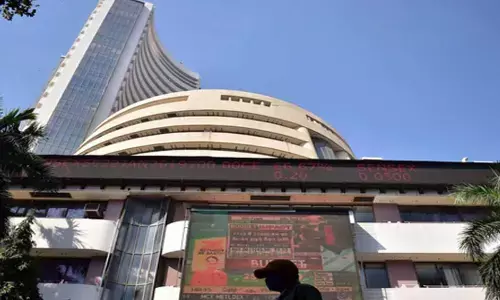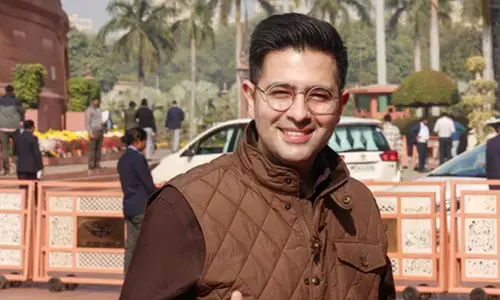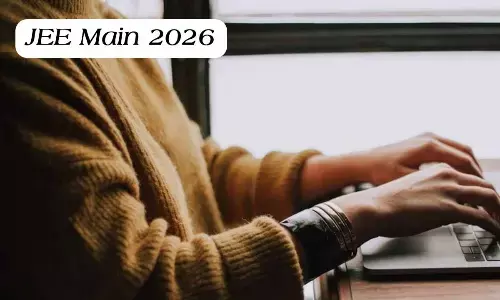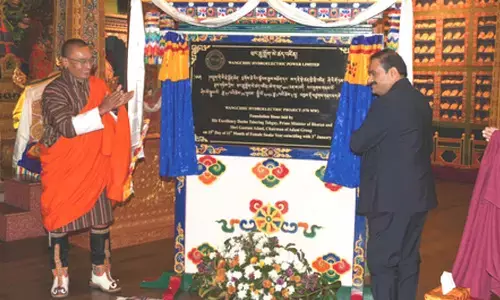Contribution of Art and Culture to India’s Sustainable Development Goals

Art and culture significantly contribute to India’s sustainable development goals, fostering social, economic, and environmental development. By integrating art and culture into society, they promote positive change, social inclusion, empowerment, innovation, and the conservation of natural and cultural heritage.
Art and culture significantly contribute to India’s sustainable development goals, fostering social, economic, and environmental development. By integrating art and culture into society, they promote positive change, social inclusion, empowerment, innovation, and the conservation of natural and cultural heritage. These efforts have been used to achieve the United Nations’ Sustainable Development Goals (SDGs) by promoting social cohesion, preserving cultural heritage, fostering education, and empowering marginalized communities. Some of the case studies in India demonstrate the positive impact of art and culture on achieving these goals.
Art and culture are essential for achieving sustainable development goals in India by raising awareness, promoting understanding, and inspiring action. India’s folk music, dance, tourism, handicrafts, and street art initiatives contribute to social issues like gender equality and climate change. These forms raise awareness, promote economic growth, and preserve India’s rich heritage, ensuring its continuity for future generations. By engaging communities through art and culture, India can effectively work towards achieving SDGs and creating a sustainable future.
Role of Art in Achieving Sustainable Development Goals in India
Art and culture are transformative tools in achieving India’s Sustainable Development Goals (SDGs) by fostering creativity, raising awareness, and driving social change. Artists can communicate complex issues and advocate for sustainable practices, such as Komal Kothari’s preservation of traditional knowledge and the Delhi street art movement’s efforts to address climate change, waste management, and gender equality simultaneously.
Promoting social inclusion and equality
Art and culture play a crucial role in achieving sustainable development goals in India. They transcend barriers like caste, religion, and gender, promoting unity and social cohesion. Artists engage with marginalized groups, providing a platform for their voices to be heard, challenging societal norms, and fostering a more inclusive society. Examples include the Aravani Art Project in India, which empowers transgender communities while challenging stereotypes and promoting acceptance and equality. The Kathputli Colony Slum in Delhi was transformed into an art district, allowing residents to showcase their talents and uplift their socio-economic status.
Rang De, an initiative supporting education through art, aims to bridge the educational gap in rural and underprivileged communities by promoting art and creativity. The Kala Ghoda Arts Festival, an annual event in Mumbai, promotes diversity and inclusion by showcasing diverse art forms and fostering unity among individuals from various backgrounds. By investing in art and culture, India can harness their transformative potential to address pressing global challenges and propel sustainable development.
Raising awareness and educating the public
Art and culture play a crucial role in achieving sustainable development goals, particularly in India. The “Horn Please” campaign in India used colourful truck murals to raise awareness about road safety, reducing accident rates. Cultural festivals like the Kala Ghoda Arts Festival in Mumbai provide a platform for artists to address pressing issues like environmental conservation and urbanization, promoting dialogue and learning among the public.
The case study of Street Artists Unite raises awareness about environmental issues by bringing together street artists to create large-scale murals highlighting environmental challenges. The Aravani Art Project empowers the transgender community through art, challenging societal norms and stereotypes and promoting acceptance and inclusion. These arts and culture can serve as powerful tools for achieving sustainable development goals, such as gender equality and social inclusivity.
Fostering economic growth and entrepreneurship
Art and culture play a crucial role in achieving sustainable development goals in India by providing opportunities for creative initiatives and cultural tourism. The Jaipur Literature Festival in Rajasthan has boosted the local economy by attracting national and international tourists. The government’s “Make in India” campaign promotes manufacturing and entrepreneurship by incorporating traditional craft techniques into contemporary industries, preserving cultural heritage while generating employment and economic growth. The Madhubani painting tradition in Bihar showcases the potential of the arts and crafts industry to provide sustainable livelihoods and empower communities in rural areas. Handloom exhibitions promote sustainable fashion, showcasing the rich cultural heritage of Indian textiles and handicrafts, creating awareness about sustainable fashion, and generating livelihood opportunities for artisans.
Art and culture can also raise awareness and drive positive change, as seen in the work of Indian artist Subhodh Gupta, who uses everyday objects to comment on consumerism and waste. Cultural activities like folk dances and music festivals celebrate local traditions, fostering pride and belonging and encouraging communities to preserve their cultural heritage and promote sustainable tourism. Overall, art and culture offer a powerful platform to address sustainable development in India by stimulating dialogue, encouraging behavioural change, and promoting sustainable practices.
Role of Culture in Achieving Sustainable Development Goals in India
Culture is essential for achieving sustainable development goals in India, shaping values, beliefs, and practices. Art and culture can raise awareness and foster environmental consciousness, promoting cultural diversity and intercultural dialogue. Cultural festivals, such as the Hornbill Festival in Nagaland, attract tourists and generate revenue for the local economy. Art therapy can help treat mental health conditions, while yoga and traditional practices promote physical wellness. However, challenges include proper infrastructure and support mechanisms for artists and cultural practitioners. The government and stakeholders must provide the necessary support and create an enabling environment for art and culture to flourish sustainably, contributing to achieving sustainable development goals in India. Synergies between art, culture, and sustainable development are crucial for promoting sustainable development’s social, economic, and environmental aspects.
Challenges faced in integrating art and culture in development initiatives
The integration of art and culture in development initiatives faces challenges due to a need for more awareness and understanding among policymakers and practitioners. Many projects focus on economic and social development, neglecting art and culture’s crucial role in promoting social cohesion and sustainable development. Insufficient funding limits the production and accessibility of diverse cultural expressions and the preservation and promotion of heritage sites. However, case studies show the transformative power of art and culture in achieving sustainable development goals, fostering social inclusion, raising awareness, and promoting creativity.
Conclusion
Art and culture are essential for achieving sustainable development goals in India. They preserve cultural heritage, promote social inclusion, and drive economic growth in the creative industries. Case studies show that art and culture have positively impacted sustainable development, such as the Khajuraho Dance Festival, which preserved classical Indian dance forms, and the Swachh Bharat Abhiyan campaign, which raised awareness about sanitation and hygiene. By investing in and promoting art and culture, India can make significant progress towards achieving the Sustainable Development Goals and a sustainable future for all. Continued support and investment in art and culture are crucial for fostering creativity, preserving heritage, and promoting cultural diversity.
(The writer is a, Assistant Director on deputation with National Gallery of Modern Art, Ministry of Culture, New Delhi)














